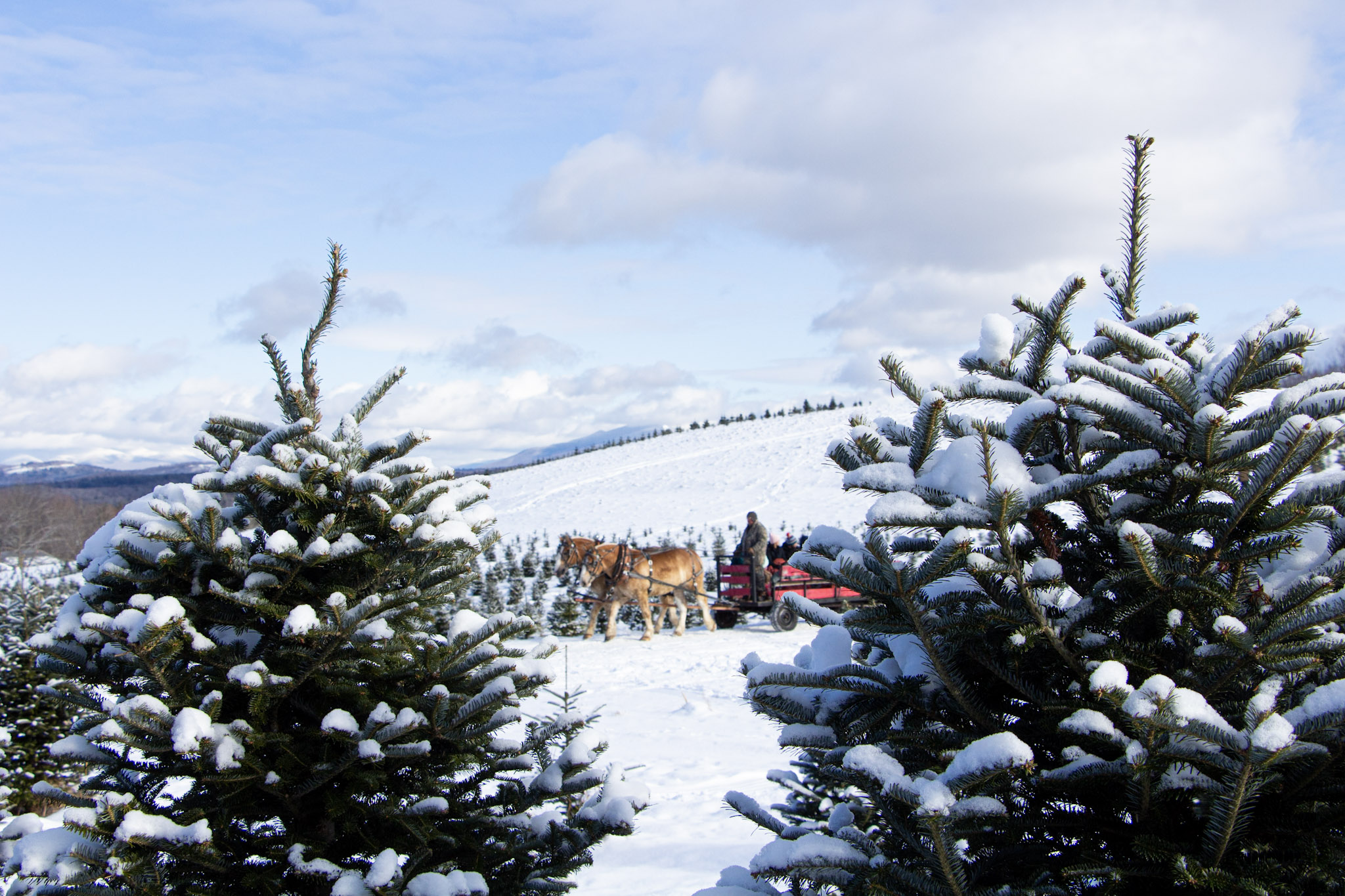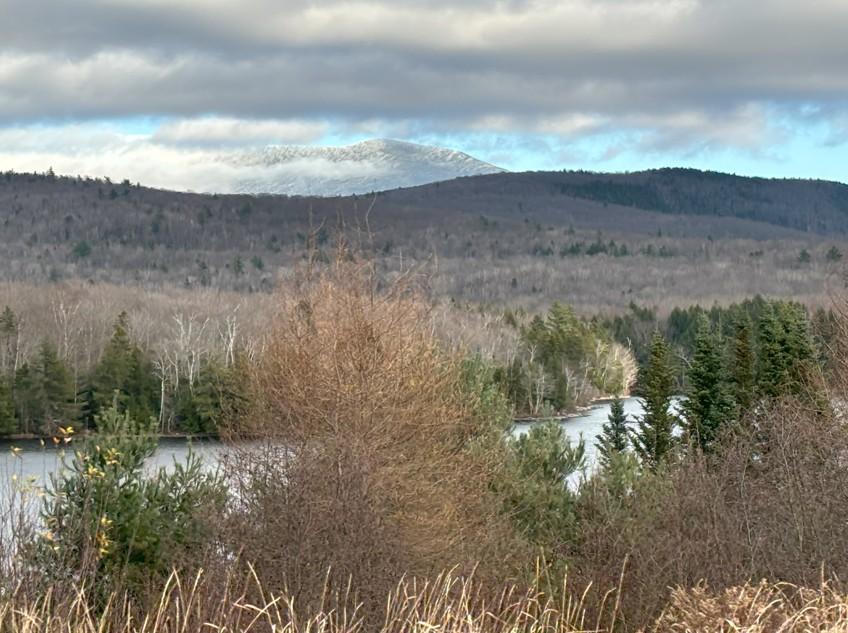The U.S. Forest Service did not violate federal law in its plans to log near Piermont and Gorham in the 800,000-acre White Mountain National Forest, a judge has ruled.
U.S. District Court Judge Joseph N. LaPlante issued a summary judgment Aug. 20 that favors the position of the Forest Service and eight conservation organizations who filed amicus briefs.
LaPlante rejected the argument of Standing Trees, based in Vermont, whose mission is to see old growth forests return to New England.
Standing Trees argued the Forest Service violated federal acts in not fully considering the option to leave the trees alone.
But the judge disagreed.
“In light of the size and likely impacts of the projects, the Forest Service here has met its obligations to address alternatives, take a hard look at impacts and explain its reasoning under the (National Environmental Policy Act), and to comply with the (White Mountain National Forest) Forest Plan…” LaPlante concluded in his 44-page ruling.
Zack Porter, executive director of Standing Trees, said the organization “is disappointed by the Court’s decision, but we and our local partners are even more certain today than when we filed this litigation that the Tarleton and Peabody West logging projects violate federal law. Standing Trees’ work to protect these irreplaceable landscapes and the communities that depend on them will continue until justice is served. In the days ahead we will consider our legal options with our counsel at Vermont Law and Graduate School.”
Christophe Courchesne, director of the Environmental Advocacy Clinic at Vermont Law and Graduate School also commented.
“We are still reviewing the decision and considering our legal options. We disagree with the court’s conclusions about the Forest Service’s actions and will keep fighting for truly meaningful and lawful environmental review of these and future damaging projects on our treasured public lands.”
The forest is not a federal park though it is considered among the most highly visited federal forests in the nation and contains sections of the Appalachian Trail. It has a Forest Plan – updated every 10 to 15 years with public input – which allows for certain activities in each unit including logging and recreation. However, the Forest Plan is now over 20 years old, outdated and there are no plans for revisions, Porter noted.
In 2019 the Forest Service began the public process to consider logging on the two separate areas of the forest noting that the current condition and make up of those forests do not represent the goals for the management units under the Forest Plan. The Forest Plan is essentially a master plan by management units for each area of the forest.
Standing Trees argued that the Forest Service failed to analyze a “no action” alternative, failed to take a “hard look” at environmental impacts and failed to design the project consistent with the requirements of the forest plan and that the plan should have looked at ways to “log less” in its suit filed on May 16, 2024.
But not all conservation groups agreed with that position.
Led by the Society for the Protection of NH Forests, a New Hampshire group of conservation organizations filed an amicus brief in federal district court, Nov. 14, 2024 in support of the White Mountain National Forest, saying the plan to cut is well thought out and balances goals set out in its 2005 Forest Plan. And it argues that the projects represent only 1 percent of the forest which they argue Standing Trees wants to carve out as a sort of wilderness area.
The amicus group, which includes the New Hampshire Timberland Owners Association, the Northern Forest Center, the Appalachian Mountain Club, the NH Wildlife Federation, the Ruffed Grouse and American Woodcock Society, the Audubon Society of New Hampshire, the Nature Conservancy, the Granite State Division of the Society of American Foresters and Charlie Niebling, wrote that the project furthers the goals of the 2025 Forest Plan which many of them worked on, advancing goals of recreation and timber management.
The Tarleton plan, which has been twice revised and received over 600 comments looks to log on 755 acres, generating 5 million measured board feet of wood, reconstruct about 1.5 miles of road, rebuild a boat launch and recontour parking at Lake Katherine and provide fencing and barriers to make it more resilient to storm runoff.
It is near the Appalachian Trail but the plan would not log within 500 feet of the trail, it reads.
The Peabody West proposal is a 3,000 acre project area with the goal of creating wildlife openings, mountain bike trails, skiing and swimming opportunities.
Jack Savage, president of the Society for the Protection of NH Forests, reacted positively this week to Judge Laplante’s summary judgment.
“The Court handed the Forest Service a convincing victory, which does not come as a surprise. The White Mountain National Forest is following a carefully vetted forest management plan that included substantial public input. The proposed harvests included public input. Thoughtful forest management based on good silviculture is the real winner in this case–and is the means to the long-term health and resilience of the forest resource. That’s why so many established environmental and conservation organizations joined us in filing an amicus brief in support of the WMNF, and we’re pleased with the outcome,” Savage wrote in an email to InDepthNH.org
Rob Riley, president of the Northern Forest Center, agreed.
“It’s worth noting that our diverse group of non-profit conservation-minded organizations doesn’t always agree with each other, but we are in total agreement about supporting the White Mountain National Forest’s thoughtful and well-informed forest management plan. The WMNF serves so many uses – wildlife habitat, recreation access, carbon storage, and timber production – all while seeking to strike a delicate balance for the long-term benefit among those many uses. The communities in and around the WMNF depend on these activities for their economies, and when they are compromised or stalled, people’s livelihoods suffer. We can be environmentalists and support public land stewardship and management; they are not mutually exclusive,” Riley wrote.
Porter noted that Standing Trees was representing concerns raised by Kingswood Camp which is the largest employer in Piermont and that economic considerations and the scenic impacts on the resources for that camp should have also been included in the logging plan.
He said the Forest Service focused its economic impact solely on the timber harvesting community.
“My understanding is that Kingswood Camp is the largest employer in Piermont. Far more people are employed or contracted by Kingswood than would ever be employed as a part of the Tarleton logging project,” Porter said.
“The White Mountain National Forest provides significantly less than 1/2 of a percent of NH’s average annual timber harvest volume (see attached table). There isn’t a question about whether there’s enough wood to go around. The question is what is the highest and best use of special landscapes like Lake Tarleton, the Presidential Range/Great Gulf, the Sandwich Range, Mt Moosilauke, and other iconic public lands that are currently targeted for logging in the White Mountain National Forest. Clearly there is more economic value in keeping these places intact for businesses like Kingswood Camp, for the clean water, healthy forests, and scenic beauty that our communities and economy rely on. The Forest Service’s analysis for the Tarleton and Peabody West projects completely failed to weigh these costs and benefits,” he said.

